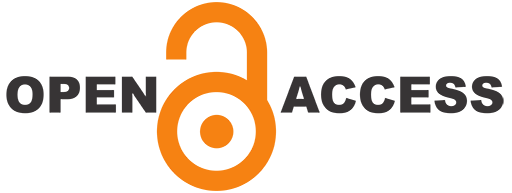




Centella asiatica L. is one of the plants that has been used since prehistoric times to cure several diseases. The main secondary metabolite in Centella asiatica L. which has the most role in various pharmacological effects is asiaticoside. Some of the following properties are healing skin diseases, wound healing, nerve weakness, brain cell stimulation, anticancer, antitumor, antioxidants, antibacterial, anti-function, anti-inflammatory, antituberculosis, allergy, antidepressants, and so on. Tissue culture is one method of botanical biotechnology that can produce plants with a character that can also increase the metabolism of secondary plants, including Centella asiatica L. Increased metabolism of secondary asiaticoside using the semi-quantitative PCR method. This method is based on genes that increase asiaticoside composition, as a proportion of the secondary metabolism. The gene that most influences asiaticoside formation is RNA UGT73AH1 (UDP-glycosilltransferase 73AH1). The purpose of this study was to analyze the expression of the UGT73AH1 gene in untreated and untreated Centella asiatica L. Analysis of gene expression was carried out based on the thickness of the band on the electropherogram which was implemented using the ImageJ application to produce AUC values. The results of the analysis using the semi-quantitative PCR method showed that Centella asiatica L. callus had the largest average AUC of 24,879.59, while plantlets were 23,780.04, and Centella asiatica L. plants were 7802.26, with ANOVA analysis produced a sig. value <0.05. This shows a significant average difference between groups of callus, plantlet, and conventional Centella asiatica L.